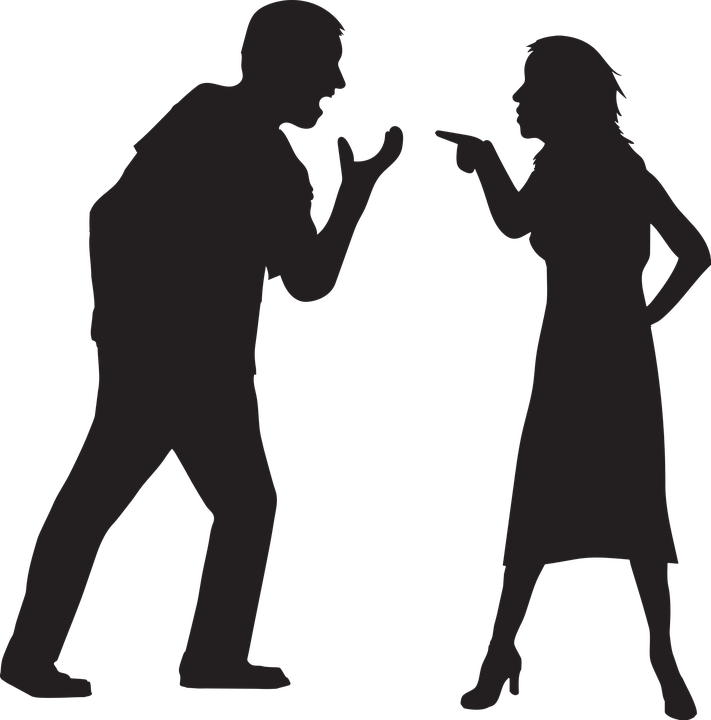What is Domestic Violence?
Domestic violence occurs when one person uses emotional, physical, or sexual abuse tactics to gain and maintain power and control over another person. Domestic violence is a vicious and continuous cycle of abuse. It is a recognized pattern of behavior that occurs in two-thirds of violent relationships and looks like this:
Tension Building Phase: Arguments and Threats
This is the stage in which a victim will experience verbal, psychological, or mental abuse. An abuser is unpredictable and victims never know when the abuser will become upset with them. An abuser constantly finds fault in anything the victims does; the abuser puts the victim down; and accuses the victim of being unfaithful or not committed to their relationship. During this stage, an abuser can also isolate victims by not allowing them to leave the house or see friends and family. During this stage, a victim may:
Feel like they are walking on egg-shells. A victim is constantly worrying that anything they do could set off the abuser.
Become compliant with anything the abuser asks the victim to do in the relationship. Victims often isolate themselves.
Minimize or deny the abuse to family and friends because a victim believes they are at fault and deserve the abuse; are afraid of how the abuser will react if victim confides in someone about the abuse; or because they do not wish family and friends to know about their family problems.
Cover for batterer, excuse behavior
Be unable to face the reality of situation and allow the abuser to become more violent
This stage involves an increase in tension and fear of the abuser. The victim might seek help from law enforcement but might often be turned down and told that nothing can be done until violence occurs.
Acute Battering Phase: Beating, Choking, Punching, Use of Weapons
The behavior of an abuser intensifies and reaches a point where physical violence is inevitable. During this stage, a violent incident occurs usually causing physical injuries. This behavior might become habitual. During this stage, a victim may:
Feel psychologically trapped and without control of the situation.
Avoid seeking medical treatment
Become fearful of contacting police because that might further anger the abuser. Victim might defend the abuser to police if abuser ever gets reported by other people.
Might leave relationship after a life-threatening incident
Honeymoon Phase: Period of Relative Calm
An abuser feels ashamed and remorseful for the abuse. An abuser might still justify the behavior on the misuse of drugs/alcohol, on something wrong that they believe the victim did; or anger management problems. An abuser might declare love, give apologizes, promise to never abuse victim again, might offer gifts to the victim, and promise to go through treatment or counseling. A victim may:
Get back together with abuser
Drop all legal proceedings including divorce plans or criminal charges
Agree to counseling and wait to see if this help fix the relationship
Believe the many promises of the abuser
The cycle is usually short and it often leads to the tension building phase again. The more an abuser and victim go through this cycle of violence, the shorter the honeymoon phase is and the more serious can the tension building and acute battering phase become in the future.


